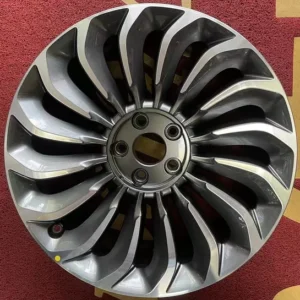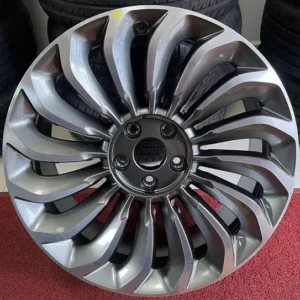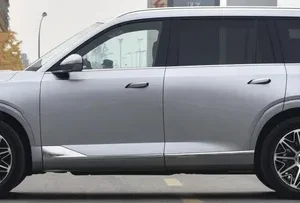Ultimate Guide to Commercial Car Parts Paint: Top 10 Longevity Tips for DIY Enthusiasts & Professionals
This comprehensive guide aims to provide DIY enthusiasts and professionals with essential tips to ensure the longevity of commercial car parts paint. With the help of real user search intent data from Google, we have compiled a list of top 10 longevity tips to help you achieve a durable and aesthetically pleasing finish.
1. Choosing the Right Paint
When it comes to commercial car parts paint, selecting the right product is crucial. Here are some factors to consider:
- Product Parameters: Look for paints with high durability, resistance to UV rays, and flexibility. For instance, a paint with a minimum of 5 years of UV resistance and a flexibility rating of 100% can be a good choice.
- Use Cases: Different paints are suitable for various applications. For example, a high-gloss paint is ideal for exterior parts, while a matte finish is better for interior components.
- Use Cases: A real-life example is the use of a high-gloss paint on a car's hood. This paint not only provides a sleek look but also ensures durability and resistance to environmental factors.
2. Surface Preparation
Proper surface preparation is essential for achieving a long-lasting paint job. Here are some key steps:
- Use Cases: Clean the surface thoroughly to remove any dirt, grease, or rust. This can be done using a degreaser and a clean cloth.
- Use Cases: Sand the surface to create a smooth and even texture. Use a fine-grit sandpaper (e.g., 220-grit) for the best results.
- Use Cases: Apply a primer to ensure better adhesion and durability. Choose a primer that is compatible with the paint you are using.
3. Paint Application Techniques
Applying the paint correctly is crucial for achieving a long-lasting finish. Here are some tips:
- Use Cases: Use a high-quality paintbrush or spray gun for application. Ensure that the brush or gun is clean and in good condition.
- Use Cases: Apply the paint in thin, even layers to avoid drips and runs. Allow each layer to dry completely before applying the next one.
- Use Cases: A real-life example is a professional painter using a spray gun to apply a high-gloss paint on a car's body. This technique ensures a smooth and uniform finish.
4. Curing and Maintenance
After applying the paint, it is essential to follow proper curing and maintenance procedures:
- Use Cases: Allow the paint to cure for the recommended time, which is usually 24-48 hours. Avoid exposing the painted surface to direct sunlight or high temperatures during this period.
- Use Cases: Regularly clean the painted surface using a mild soap and water solution. Avoid using harsh chemicals or abrasive materials that can damage the paint.
- Use Cases: A real-life example is a car owner who regularly washes their car with a soft sponge and mild soap to maintain the paint's appearance and longevity.
5. Choosing the Right Paint Color
Selecting the right paint color is crucial for achieving a visually appealing finish. Here are some tips:
- Use Cases: Consider the color of the car's original paint to ensure a matching finish. Use a color chart or a paint color matching service for accurate color selection.
- Use Cases: Choose a color that complements the car's overall design and style. For example, a metallic or pearl finish can add a unique touch to the vehicle.
- Use Cases: A real-life example is a car owner who decides to repaint their car in a metallic silver color to give it a modern and sleek appearance.

6. Professional Assistance
For DIY enthusiasts and professionals who may need additional support, seeking professional assistance can be beneficial:
- Use Cases: Consult with a professional painter or automotive expert to get advice on the best paint products and techniques for your specific needs.
- Use Cases: Consider hiring a professional painter for complex projects or if you lack the necessary skills and experience.
- Use Cases: A real-life example is a DIY enthusiast who consults with a professional painter to repaint their car's entire body, ensuring a high-quality and long-lasting finish.
Conclusion
In conclusion, achieving a long-lasting commercial car parts paint finish requires careful selection of the right paint, proper surface preparation, accurate application techniques, and regular maintenance. By following these top 10 longevity tips, DIY enthusiasts and professionals can ensure a durable and aesthetically pleasing finish for their vehicles.
Keywords
Commercial car parts paint, longevity tips, DIY enthusiasts, professionals, surface preparation, paint application techniques, curing and maintenance, paint color, professional assistance




